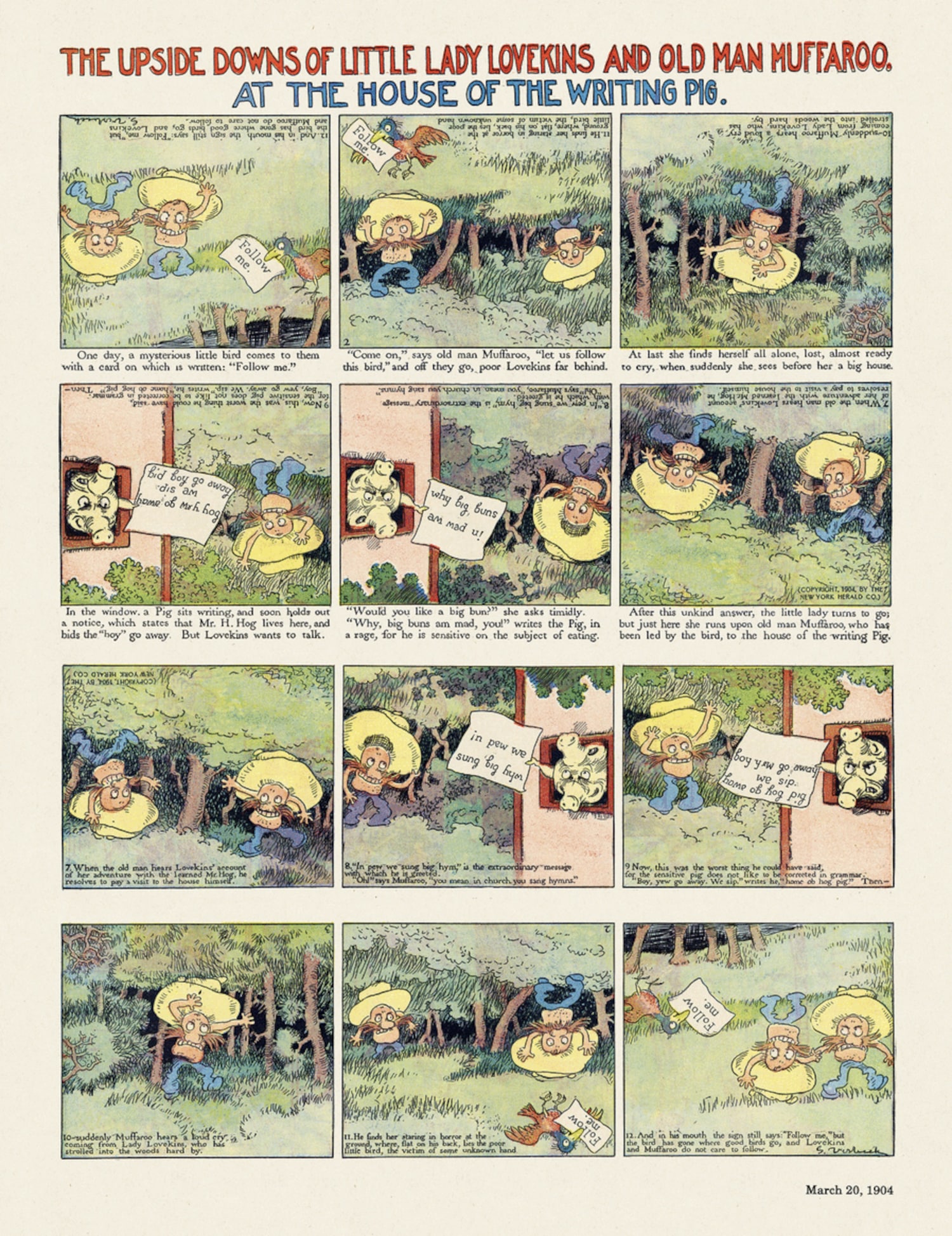We have a strong intuition that it’s wrong to punish someone for a crime he hasn’t committed, but is this always the case? Algy, an Alaskan motorist, and Ben, a traffic policeman, both know reliably that Algy intends to speed on a remote, unpatrolled, but radar-surveyed highway at 10:31 tomorrow morning. They also know that, if this happens, police won’t be able to reach the scene of the offense until several hours after it’s been committed.
Algy radios Ben with an offer: If Ben issues a ticket for this crime before it occurs, Algy will pay the fine. If Ben doesn’t issue the ticket until after the offense has occurred, then Algy will flee the country to avoid paying the fine. Ben thinks about this, then issues the ticket now, writing in tomorrow’s date. He delivers the ticket to Algy’s address, where Algy’s wife gives him Algy’s check for the fine, which Ben cashes immediately. At 10:31 tomorrow, Algy exceeds the speed limit as described.
University of Hong Kong philosopher Christopher New writes, “If this example is valid, it suggests that there may be room in our moral thought for the notion of prepunishment [punishment before an offense is committed], and that it may be only epistemic, rather than moral, constraints that prevent us from practising it.”
(Christopher New, “Time and Punishment,” Analysis 52:1 [January 1992], 35-40.)



